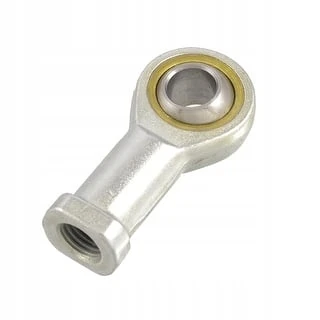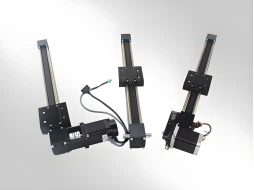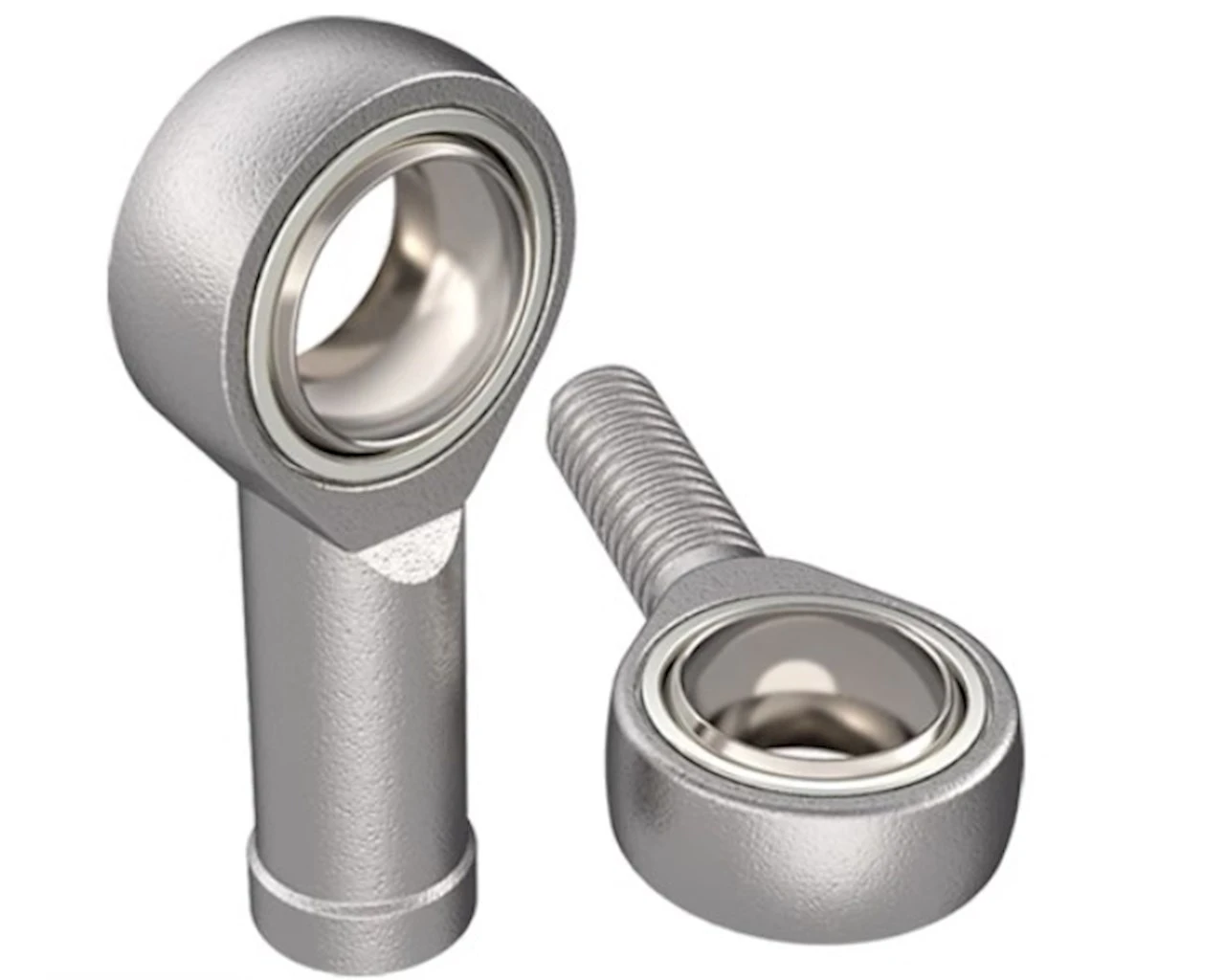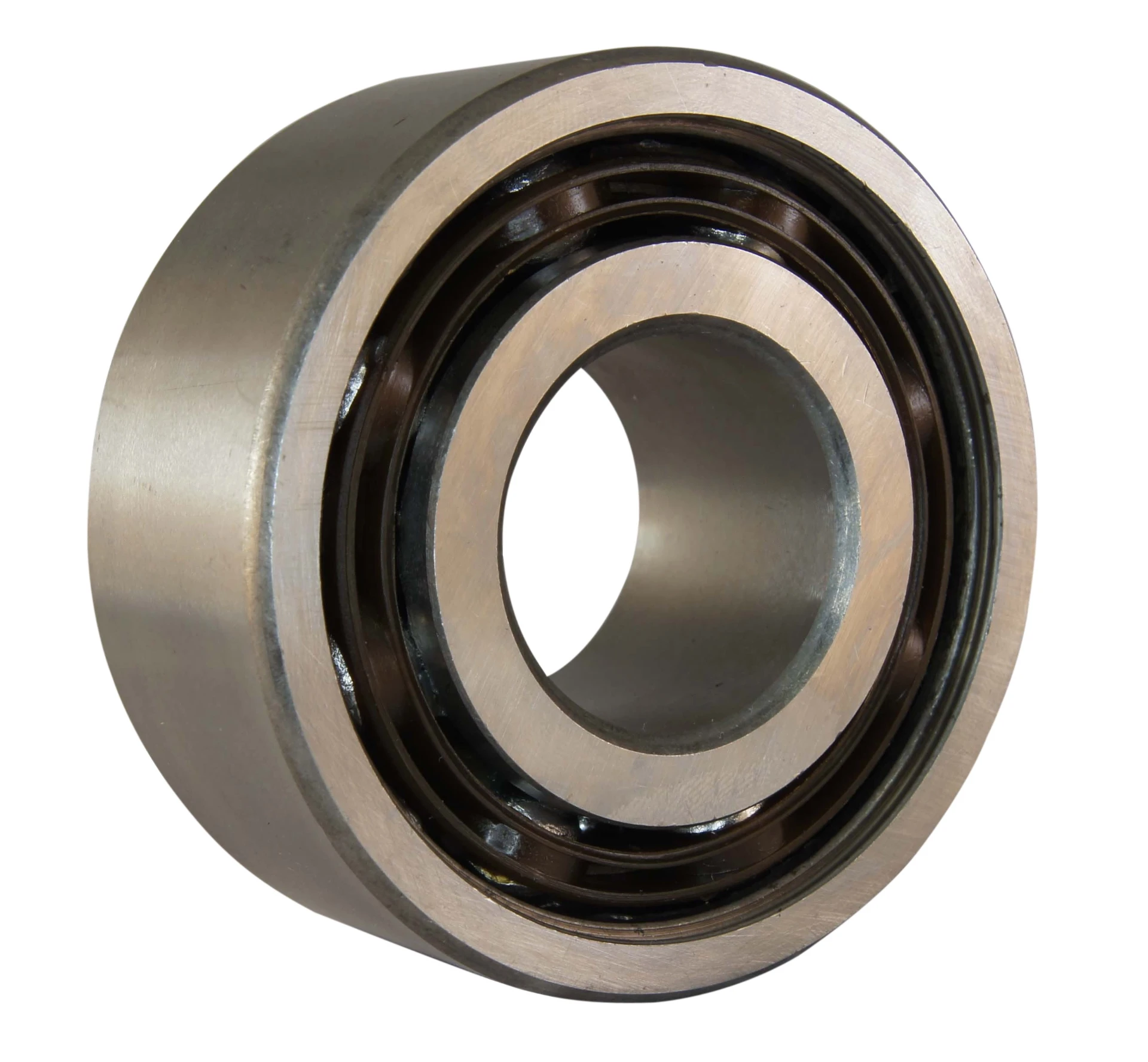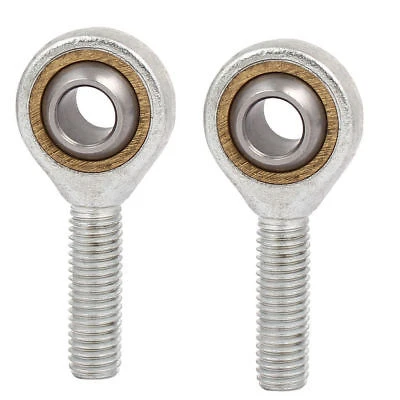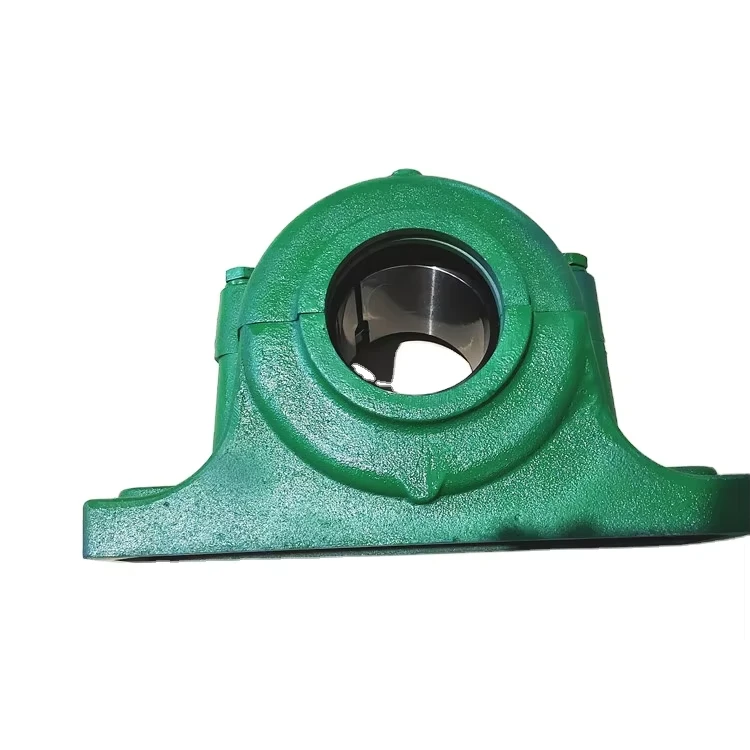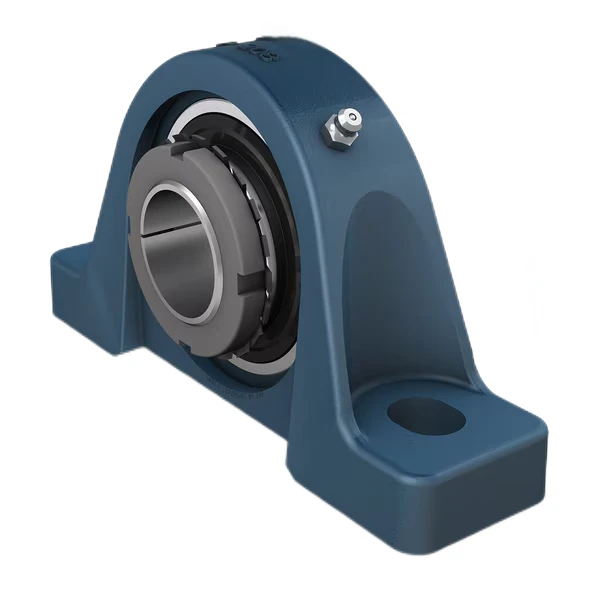During the operation of mechanical equipment, abnormal bearing noises are a common and crucial issue that cannot be ignored. Different types of abnormal bearing noises often imply different fault causes. Identifying these noises accurately and in a timely manner is of great significance for equipment maintenance and fault troubleshooting. Today, we will discuss in detail five common abnormal bearing noises and introduce the method of discrimination through audio comparison.
This sharp sound is usually caused by insufficient lubrication, impurities in the lubricant, or excessive bearing clearance. When there is insufficient lubrication, dry friction occurs between the rolling elements and the raceways inside the bearing, resulting in this sharp sound. If, while hearing this sound, there is also a periodic "huoluo" sound, it is very likely that there are scratches, rust, or other problems on the raceways or rolling elements.
In terms of audio characteristics, this sharp hissing or squeaking sound has a relatively high frequency and sounds rather harsh. In actual comparison, the sound of a normally operating bearing is stable, continuous, and has a low frequency, while this abnormal sharp sound will stand out distinctly. For example, in a motor bearing, during normal operation, the sound is similar to a slight "buzzing" sound. However, when a sharp hissing sound appears, it's like suddenly inserting a high-frequency sharp whistle into the background of the steady "buzzing" sound, making it very easy to distinguish.
A clear and crisp sound is commonly found when there are dents or surface damages on the outer raceway of the bearing. When the rolling elements pass through these damaged areas, vibrations are triggered, resulting in a clear and crisp sound. This sound is just like a stone hitting a metal surface, clear and short.
In terms of audio, the clear and crisp sound has obvious pulse characteristics, which are completely different from the continuous sound of a normally operating bearing. Take the wheel hub bearing of a car as an example. When driving normally, the sound coming from the wheel part is a relatively uniform tire noise and normal mechanical operation sound. Once there is a dent on the outer raceway of the bearing, a clear "click" sound will occasionally appear in the background of this continuous sound. The intervals between the occurrences of the sound have no obvious pattern, completely disrupting the original sound rhythm.
Intermittent noise usually means that there are local damages or shedding problems with the rolling elements (such as steel balls, rollers). When the damaged rolling elements roll on the raceways, this intermittent noise is generated.
In audio comparison, the intermittent noise shows the characteristic of discontinuity. Compared with the continuously stable operating sound of a normal bearing, this noise appears intermittently. For example, in the large bearings of industrial equipment, during normal operation, it makes a continuous and stable "whooshing" sound. However, when intermittent noise occurs, it's like suddenly and regularly or irregularly inserting short "clicking" sounds of different frequencies into the steady "whooshing" sound. The time interval between each occurrence is not fixed, and the intensity of the sound may also vary.
A rustling sound or an irregular friction sound may be caused by impurities (such as iron filings, sand particles) mixed inside the bearing or lubrication contamination. When the impurities roll or rub inside the bearing, this rustling sound is produced. If this sound is evenly continuous, it may be due to insufficient lubricating grease or the need to adjust the bearing clearance.
From an audio perspective, the rustling sound has a relatively low frequency and is rather chaotic. Compared with the sound of a normal bearing, the normal sound is relatively single and stable, while the rustling sound is like a mixture of many tiny friction sounds. For example, in the bearing of a small motor, during normal operation, the sound is delicate. However, when a rustling sound appears, it's like mixing a rough "rustling" granular feeling into the delicate sound, making the overall sound rough and irregular.
A metallic impact sound often occurs during the bearing installation process when the cage is deformed or the rolling elements have indentations due to knocking. This sound is relatively loud and has an obvious metallic texture.
In audio comparison, the metallic impact sound has a strong impact force. Compared with the soft sound of a normally operating bearing, it's like a suddenly erupting loud knocking sound. For example, when there is a metallic impact sound due to improper installation of the spindle bearing of a machine tool, the originally stable operation sound will be interrupted by the suddenly appearing, loud metallic impact sound. Each impact sound is very abrupt, and the sound intensity is relatively large, seriously affecting the stability of the equipment operation.
By comparing and analyzing the audio characteristics of these five common abnormal bearing noises, we can judge the running status of the bearing more accurately. In actual operation, professional audio recording equipment can be used to record the sound of the bearing during normal operation as a reference. When there is a suspicion of bearing failure, record the sound again and make a comparison. At the same time, combined with factors such as the running status of the equipment and the working environment, comprehensively judge the cause of the abnormal bearing noise, so as to take effective maintenance measures in a timely manner and ensure the normal operation of the equipment.
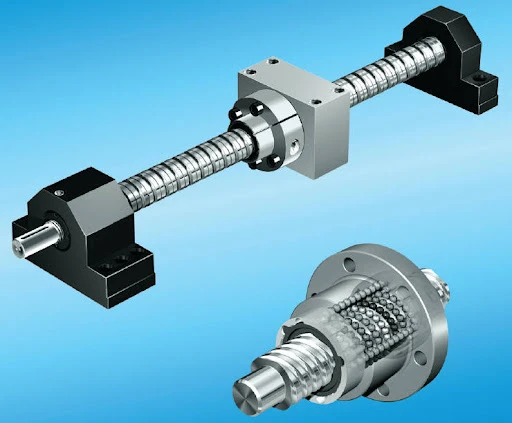 Double Threaded Screw Slide: Achieving an Astounding Precision of 0.01mm while Bearing 100kg!Double thread screw slide # high precision # high loadRead More
Double Threaded Screw Slide: Achieving an Astounding Precision of 0.01mm while Bearing 100kg!Double thread screw slide # high precision # high loadRead More  Notice of May Day Labor Day Holiday |Notice of May Day Labor Day Holiday | Grateful for Your Company, Looking Forward to New Achievements TogetherRead More
Notice of May Day Labor Day Holiday |Notice of May Day Labor Day Holiday | Grateful for Your Company, Looking Forward to New Achievements TogetherRead More 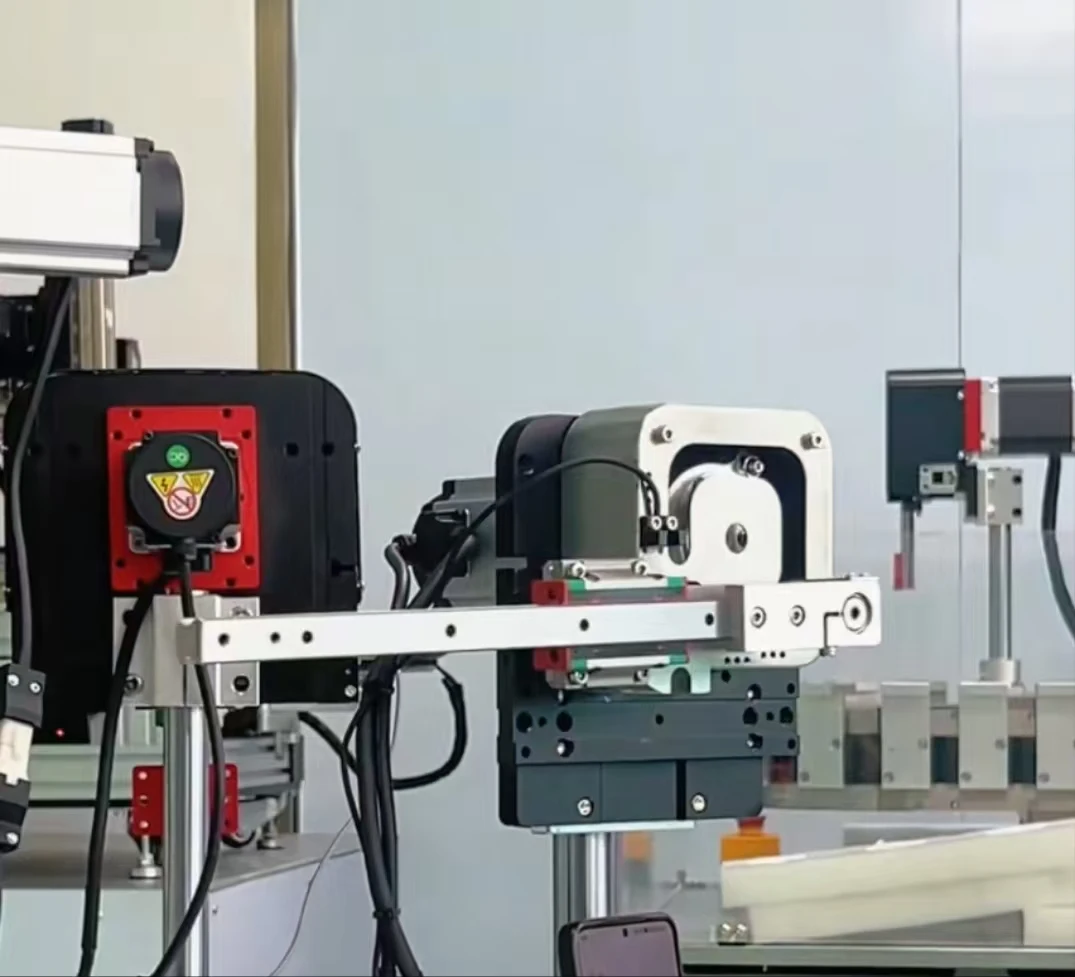 Lightning - Fast 90° Rotation and Pick - up in 6 Seconds!In the fast - paced race of industrial production, efficiency is the core of competitiveneRead More
Lightning - Fast 90° Rotation and Pick - up in 6 Seconds!In the fast - paced race of industrial production, efficiency is the core of competitiveneRead More 

